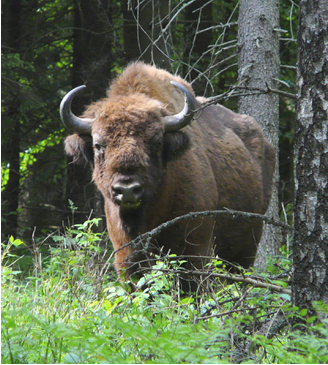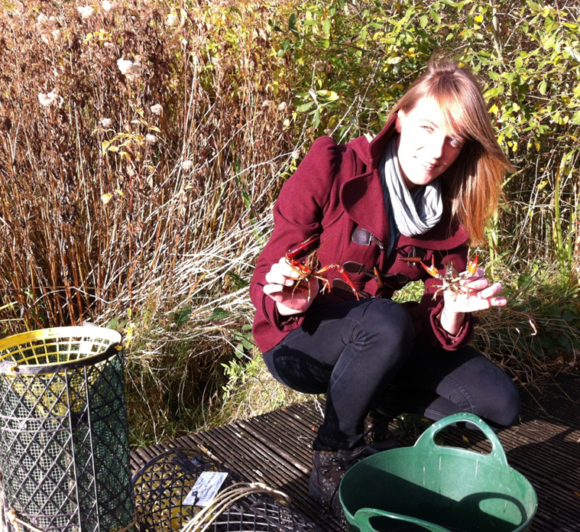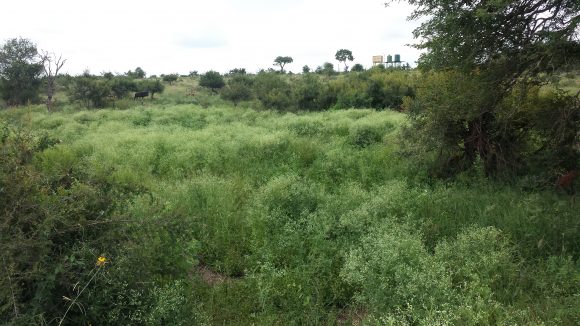4 May 2010 | By Melodie McGeoch and Dian Spear
C·I·B core team member Prof. Melodie McGeoch and C·I·B post-doc Dr Dian Spear were co-authors of a recent report in Science that has received substantial global press coverage. The study synthesises the outcomes of global indicators of biodiversity threat to establish whether or not nations have honoured their commitment to reducing biodiversity loss. Thirty-one indicators were compiled to measure the state of biodiversity (e.g. habitat condition and community composition), pressures on biodiversity (e.g. resource use) and responses to the problem (i.e. management interventions). The available data indicated that although there had been increases in policy responses and management action in some cases, the state of biodiversity is declining generally, and pressures on biodiversity are increasing. The study shows no support for a decline in rates of biodiversity loss.
Drs McGeoch and Spear were involved in the development of indicators for measuring progress towards the Convention on Biological Diversity’s 2010 Biodiversity Target to reduce threats to biodiversity. Their contribution to the Science study was an assessment of numbers of invasive alien species globally, and national and international policy responses to the invasive species problem (click here for more details of this approach). These data showed that there has been an increase in policy aimed at tackling the invasive alien species problem, but that the state of threat to biodiversity from invasive alien species is currently dire, and that this threat is likely to worsen based on trends in invasive alien species in Europe.

The study did recognise that there have been some important local or national successes in tackling biodiversity loss, including the designation of many protected areas, the recovery of particular species and the prevention of some extinctions. But despite these encouraging achievements, efforts to address the loss of biodiversity need to be substantially strengthened, and sustained investment in coherent global biodiversity monitoring and indicators is essential to track and improve the effectiveness of these responses.
The results from this study feed into Global Biodiversity Outlook 3, the flagship publication of the CBD, to be released in Nairobi on 10 May 2010, when government representatives from around the world will meet to discuss the 2010 target and how to address the biodiversity.
“Although negative, this outcome represents an opportunity for countries, such as South Africa, to benchmark themselves against global progress to reduce the rate of biodiversity loss. In this way we provide evidence-based motivation for stepping up conservation efforts at national and sub-national level, and for translating global policy into local action. This is where conservation is most effective”, said co-author Melodie McGeoch of South African National Parks and the Centre for Invasion Biology at Stellenbosch University.
Dian Spear commented that “the commitment of countries globally to curbing the rate of biodiversity loss implies increased global attention to the biodiversity problem, but implementing these conservation intentions is vital and requires substantial resources”.



